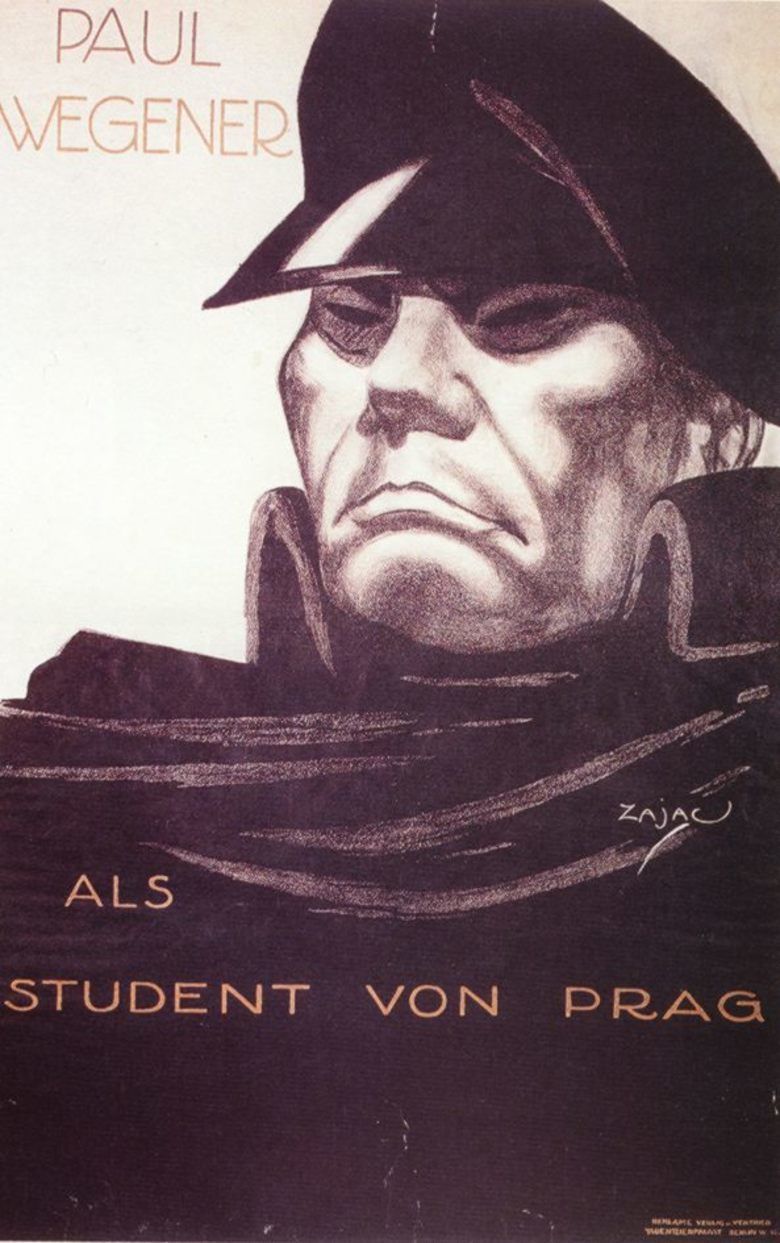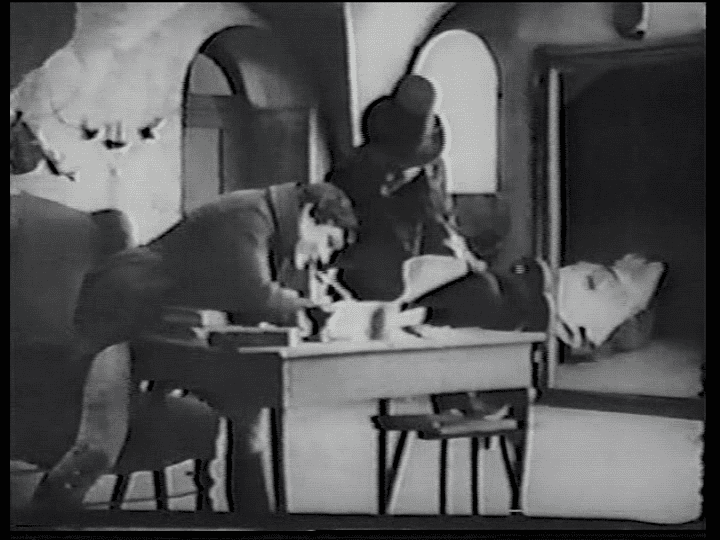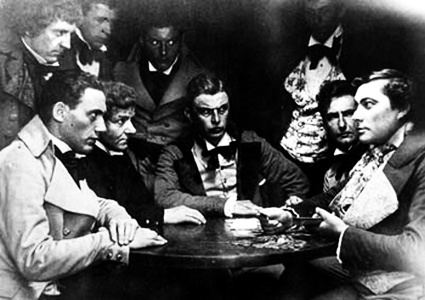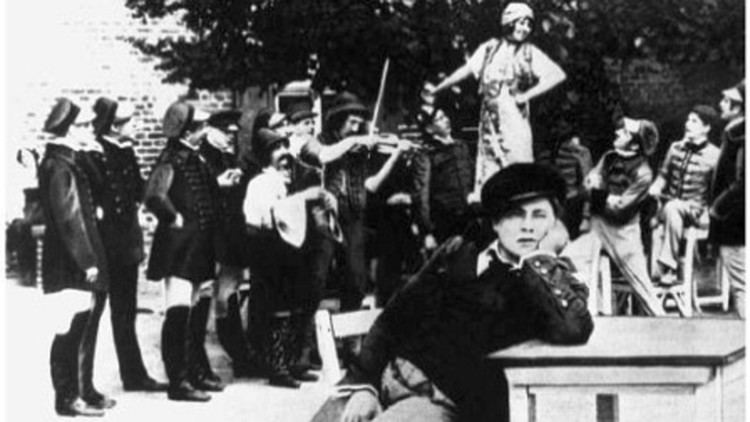The Student of Prague (1913 film)
6.8 /10 1 Votes6.8
Music director Josef Weiss | 6.6/10 IMDb Genre Drama, Fantasy, Horror Duration | |||||||||||||||||||||||||||||||||
 | ||||||||||||||||||||||||||||||||||
Language Silent filmGerman intertitles Director Hanns Heinz EwersStellan Rye Release date 22 August 1913 (1913-08-22) Screenplay Hanns Heinz Ewers, Alfred de Musset Cast (Balduin), (Scapinelli), (Komtesse Margit), (Lyduschka), Lothar Körner (Graf von Schwarzenberg), Fritz Weidemann (Baron Waldis-Schwarzenberg)Similar movies Paul Wegener directed The Student of Prague and The Golem | ||||||||||||||||||||||||||||||||||
The Student of Prague (German: Der Student von Prag, also known as A Bargain with Satan) is a 1913 German silent horror film. It is loosely based on "William Wilson", a short story by Edgar Allan Poe, the poem The December Night by Alfred de Musset, and Faust. The film was remade in 1926, under the same title The Student of Prague. Other remakes were produced in 1935 and 2004. It is generally deemed to be the first independent film in history.
Contents

The student of prague 1913 trailer
Plot

The film takes place at the University of Prague in 1820, where a poor young man named Balduin is the city's wildest student and greatest swordsman. He becomes smitten with Countess Margit Schwarzenberg after rescuing her from drowning but knows he cannot pursue his love for her because he is poor. A sorcerer named Scapinelli offers Balduin 100,000 pieces of gold in exchange for any item to be found in the student’s room. Balduin agrees, thinking he owns nothing, but is astonished when Scapinelli calls forth Balduin’s reflection from the mirror and absconds with it. Balduin attempts to woo Countess Margit but is haunted by the appearance of his mirror double. Baron Waldis-Schwarzenberg, cousin to the countess and a rival suitor, challenges Balduin to a duel for her hand. Privately, the countess’ father begs Balduin not to kill the Baron, as he is the last surviving heir to their family fortune. Balduin agrees but is thwarted when his double appears at the duel in his place. Balduin sneaks into Margit’s room and she confesses her true feelings to him. However, she is frightened by the appearance of the double, collapsing in a swoon. Dejected, Balduin returns to his room to retrieve a pistol. He fires at his double, only to drop dead himself.
Cast

Cultural significance

The Student of Prague is considered to be the first German art film, and it helped lift cinema from its low-class, fairground origins to a viable art form. It was a critical and commercial success. Audiences flocked to see the film, in part because it tapped into a very real sense of dissociation and alienation inherent in a society that was struggling with the burgeoning collapse of the German empire.

The film’s star, Paul Wegener, was an avowed champion of the medium after realizing the potential of cinema to transcend the limits of conventional theater. Cinematographer Guido Seeber utilized groundbreaking camera tricks to create the effect of the Doppelgänger (mirror double), producing a seamless double exposure. Hanns Heinz Ewers was a noted writer of horror and fantasy stories whose involvement with the screenplay lent a much needed air of respectability to the fledgling art form.

The film also stimulated interest in the still very new field of psychoanalysis. Otto Rank published an extensive plot summary of the film in his article “Der Doppelgänger,” which ran in Sigmund Freud’s academic journal Imago in 1914. Examples of the Doppelgänger are most prevalent in literature as a narcissistic defense against sexual love, according to Rank, who described how the mirror image of the student shows up in erotic situations to deny Balduin any progress in his attempts to woo the countess.

The fantastic themes of the film went on to become a major influence on Weimar cinema, continuing the exploration of social change and insecurity in the aftermath of World War I. Expressionism grew out of the tormented psyches of artists and writers coming to terms with their individual experiences. The use of chiaroscuro (sharp contrasts between light and shadow) was already established on the set of The Student of Prague but was then carried further by Weimar productions like Das Cabinet des Dr. Caligari.
References
The Student of Prague (1913 film) WikipediaThe Student of Prague (1913 film) IMDb The Student of Prague (1913 film) themoviedb.org
